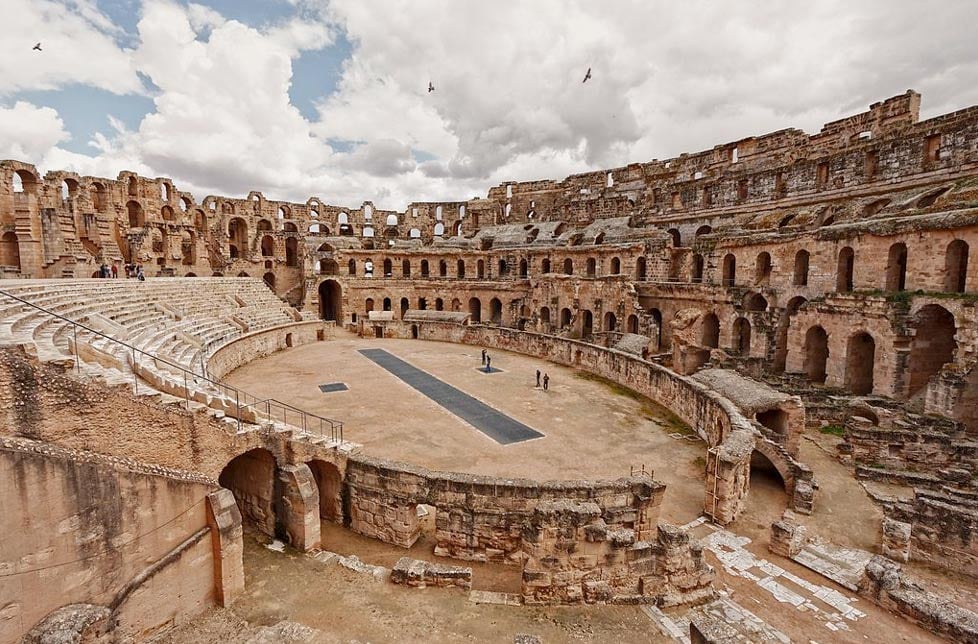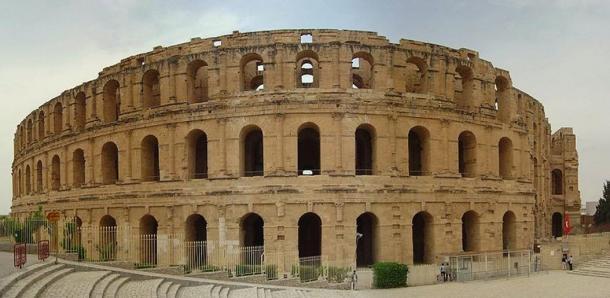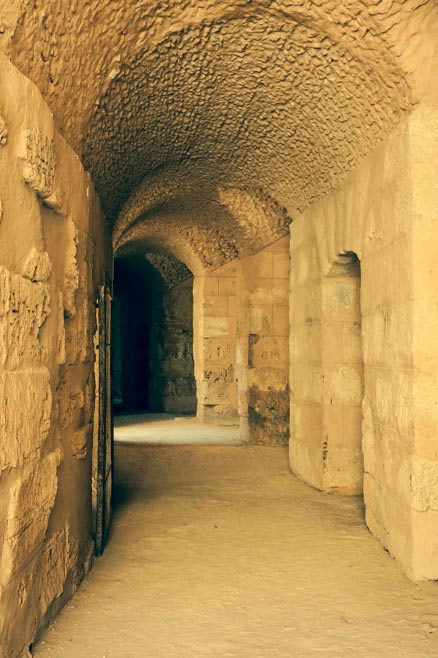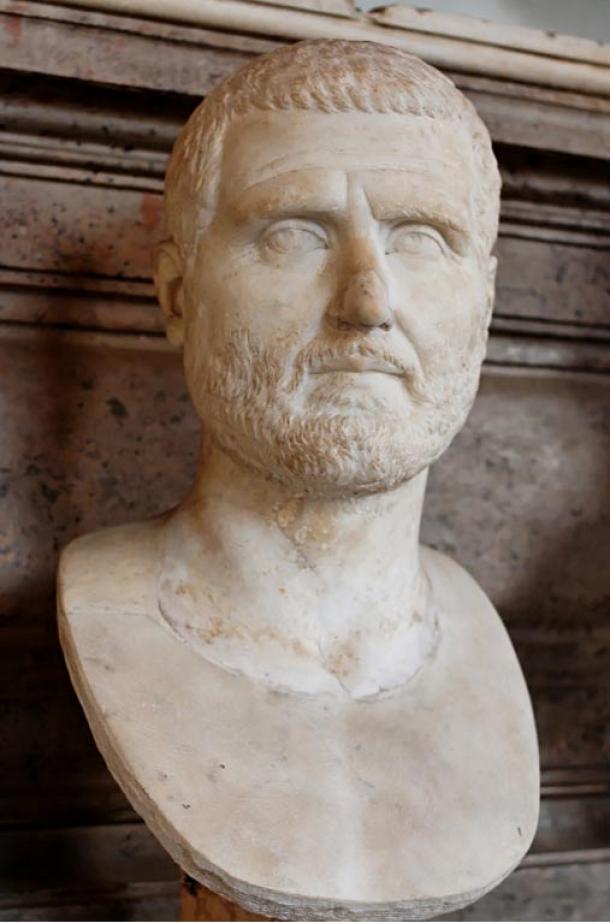The Amphitheatre of El Djem: Gladiatorial Arena of Tunisia
The amphitheatre is one of the most iconic architectural contributions of ancient Rome. The most famous example of such a structure is the Colosseum in Rome, where brutal gladiatorial battles took place.
Nevertheless, amphitheatres were built all throughout the Roman Empire, with around 230 known amphitheatres that are still surviving today. One of the most magnificent examples can be found in the Tunisian city of El Djem, considered to be home to the most impressive Roman remains in the whole of Africa, and famous for its starring role in the Hollywood epic ‘Gladiator’.
As a matter of fact, there are two amphitheatres located in El Djem. The smaller one is much less famous than the large one, and is not as well preserved. It is believed that this amphitheatre underwent three separate building phases. It was first worked in tufa (a type of limestone), then reconstructed, before finally being redone and enlarged. The primary attraction of El Djem, however, lies about 7.2 km to the north of this smaller amphitheatre, and is known as the Amphitheatre of El Djem.




